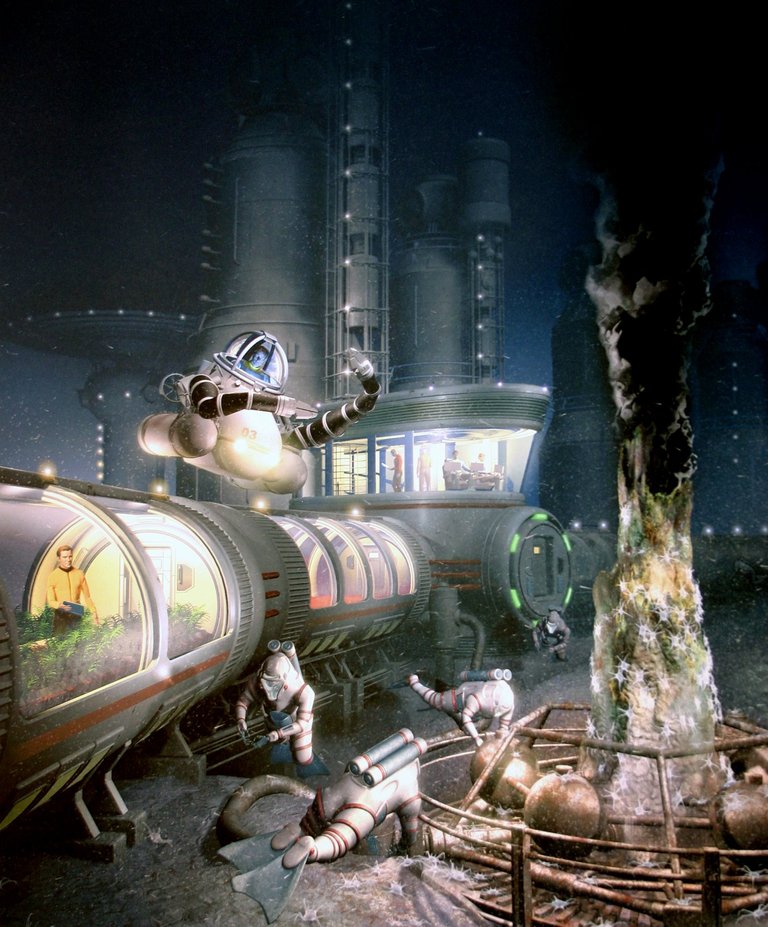
Unless you've been living...well...deep underwater for the past few years, you've probably heard or read somewhere that the Chinese government recently fast tracked a project to establish a deep sea base for the alleged purpose of mining precious and rare earth minerals.

If you follow my blog closely, you must know that nobody is happier about this than I am. But the official figures associated with this project don't add up. I don't at all mean to question their deep sea chops! After all, their cutting edge Jiaolong submersible managed a feat few other subs in the world are capable of back in 2012, diving to an astonishing depth of four miles.
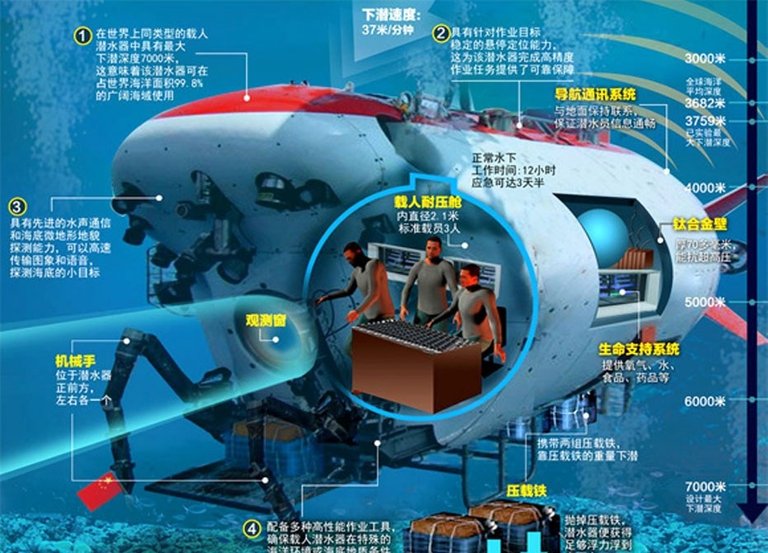
That's the deepest point on the abyssal plain, though the dives in question took place in the shallower portions of the Marianas Trench (the full depth of which is nearly 7 miles, well below Jiaolong's crush depth.)
That Chinese engineering is up to the task of sending humans several miles deep into the ocean is not in question. What's in question is whether it's possible and economically feasible to establish a large habitat at those kinds of depths.
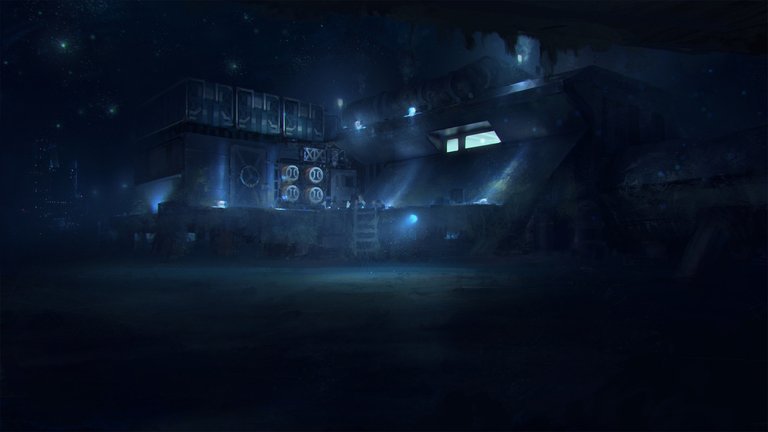
The official figure quoted by the Chinese press works out to 9,800 feet. That's almost two miles down. The class of submersibles capable of reaching such depths typically have titanium pressure hulls.
Spherical, no more than seven feet in diameter. Alvin, primary sub of the Woods Hole Oceanographic Institute, was capable of depths up to two miles with a steel pressure hull, but it needed an expensive titanium replacement to reach 4 miles.

So it is established that a life supported enclosure for humans can exist under those conditions. But how large can it be? The larger the interior volume of a pressure vessel, the thicker the walls must be, and the wall thickness increases non-linearly relative to the interior volume. This raises serious questions about how Chinese engineers plan to construct a habitat the Chinese press says will initially house 12 aquanauts, and later 33.
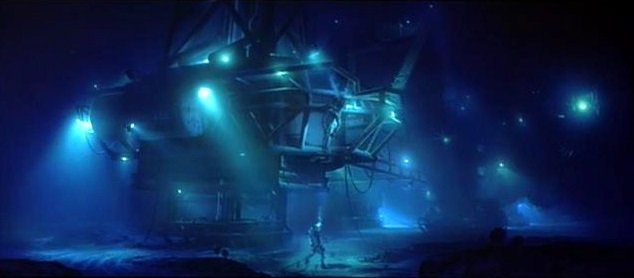
The clarification that the initial habitat will only house 12 leads me to believe it is modular and expandable, much like the ISS. The modules will either be cylinders with domed ends, or spheres, as no other shape will withstand the pressures involved at the depth they claim they will deploy this habitat to.
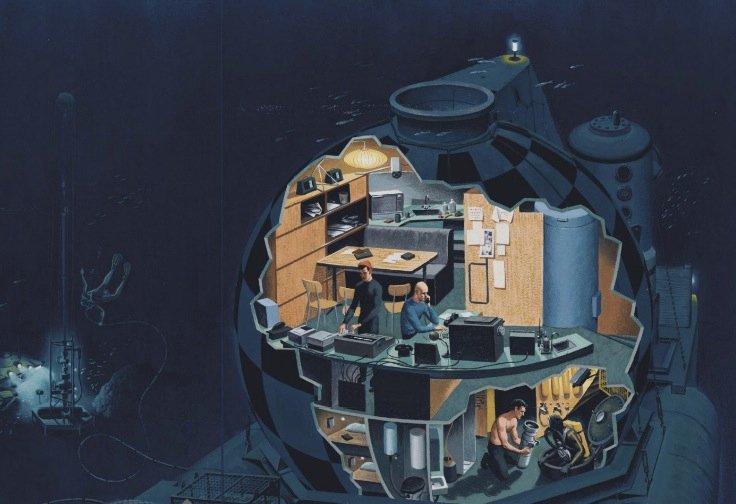
Conshelf 3 (seen above) is a good basis for comparison. One of Jacques Cousteau's habitat projects, though it operated in ambient pressure mode during missions, it could be sealed up and the pressure gradually reduced inside over many hours in order to decompress the crew.
This meant the hull needed to be spherical and sufficiently thick to withstand the pressure differential between sea water at 384 feet deep, and an interior which would sometimes be at the same internal pressure as sea level. Can we expect individual modules of the Chinese habitat to be this spacious? Given the cramped dimensions of the Jiaolong crew sphere, that's doubtful.
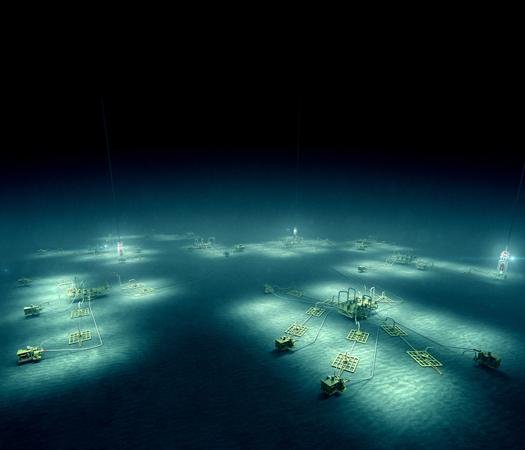
The environment isn't the problem. Plenty of deep sea infrastructure exists, much of it in support of oil rigs (see above). But crucially, none of it is manned. There are no habitable sections which must maintain sea level air pressure inside, against enormous outside pressure. It's all robotic.
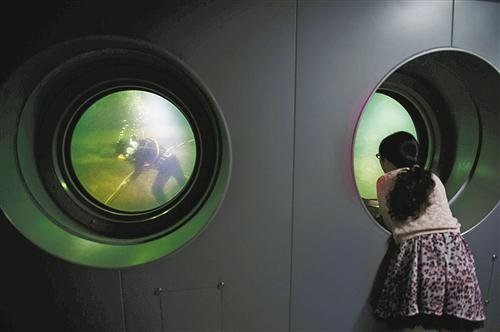
The other relevant factor is that this habitat will be in the South China sea, positioned close to a major Chinese naval base. The official purpose of the habitat will be "to facilitate deep sea mining".
But as you'll already know from one of my prior articles, that can be done from a ship on the surface. Since robots do the actual mining, they can simply be operated from the surface over long fiber optic tethers.
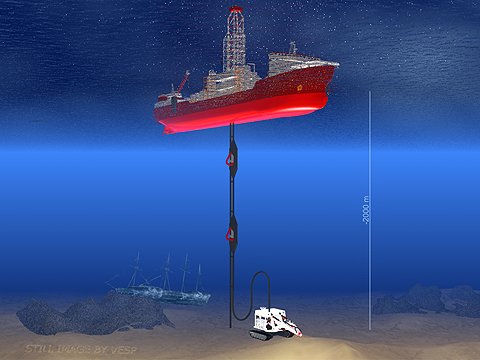
In some regions of the sea where surface weather is too violent for ships to safely loiter, some mining firms plan to operate these robots from submarines hanging out just barely below the influence of storms, at around 200 feet.
Still, there is absolutely no need to house the human operators of these robots on the absolute bottom of the ocean. There is no benefit to doing that, and it is astronomically more expensive. What is a base like that actually good for?

Supporting nuclear submarines. The current major limitation to nuclear sub endurance is the food supply. If not for that, they could stay underwater for decades. Being able to resupply food without surfacing is a capability that would come in very handy if, for example, China were to lose a nuclear war. With the mainland devastated and unable to retaliate, it would be up to their SSGN fleet to enact revenge.
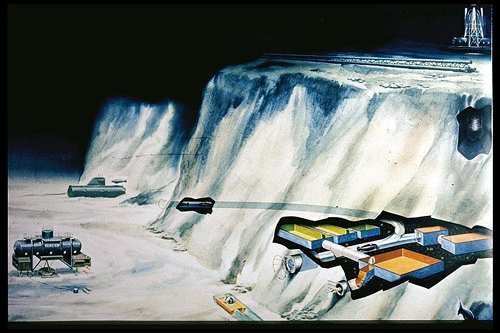
The US Navy had an identical scheme back in the 70s called the Rock Site concept, a nuclear submarine support base embedded within an undersea mountain. If you've seen Iron Sky, change the Nazis to Americans, the Moon to the deep sea, and the spaceships to submarines to get the general idea.
It would make possible an unexpected resurgence of American military wrath against the USSR years or decades after their nuclear annihilation of the US, if such a thing had ever occurred.

At least officially, this scheme was abandoned due to the astronomically high cost. But the concept was sound. It is about the only application for a manned deep sea base which could justify the outlay. The problem is, to be any use for supporting submarines, it would need to be in much shallower water.

The official crush depth of American SSGNs is around 1,600 feet. It can safely be assumed that the real crush depth is roughly twice that figure. However, even 2,400 feet falls well short of the 9,800 feet that the Chinese press claims this deep sea habitat will be emplaced at. To me, this suggests two main possibilities.
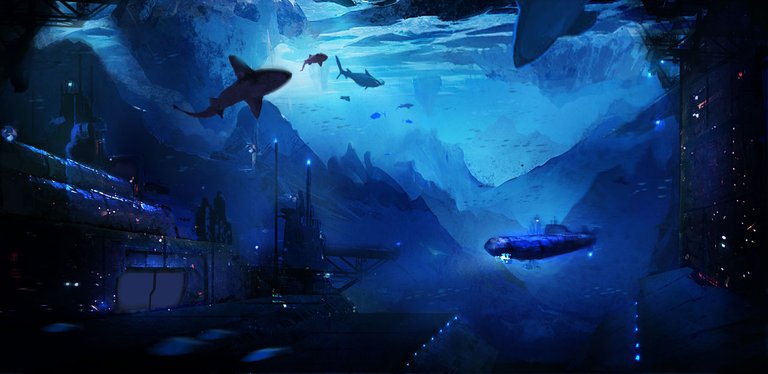
The first is that they're grossly exaggerating the depth it will be at, and they actually plan to emplace it no deeper than 2,400 feet. They couldn't just say this, because the hydrothermal vents that deep sea mining operations target occur in much deeper water than that. It would be necessary to lie about the depth to maintain the pretense that the base is only for mining.

Alternatively, and much less likely in my mind, the habitat actually will be that deep because it's meant to support a class of submarines we don't know about. One with considerably smaller crew capacity and a sufficiently thick titanium pressure hull that it can operate safely at depths of around two miles.
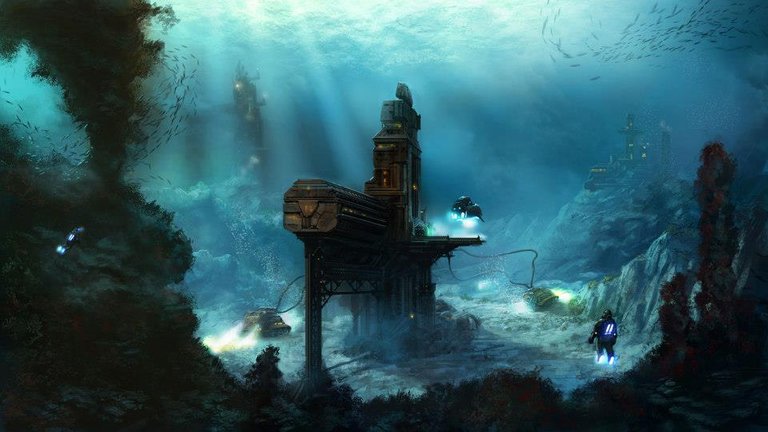
Am I excited out of my mind that such a gigantic, ambitious undersea habitat is actually being built? That it has the financial muscle of the Chinese government behind it, so the billions of dollars it will undoubtedly cost are actually lined up for this project? Of course. I just don't believe for one minute that it's a mining outpost, and neither should you.
Color me very skeptical
This reminds me of rapture.
Why no mention of the US Navy Sealab project too? -good lessons learned from this project as well as Jacques Cousteau's Conshelf project. Optimal sub-sea human living and work habitats in the ocean will likely be closer to the surface but deep enough to be below significant motion due to surface waves.
I did a prior article about historical underwater labs if you check my blog, and more recently have been dedicating whole articles to covering these habitat programs one at a time. I don't see the point to covering every such program in every article I write about the ocean.
Is it me, or does Captain Kirk seem to appear in many of those pictures :)
Tending to the weed, of course. The sea weed.
haha it does look like weed :)
I can't for the life of me figure out the utility of a human body in deep sea mining.
Me either, hence my suspicions.
exactly. RPV's would be much more practical
Or Chinese are only bluffing for propaganda reasons.
What are the other companies mining with the unmanned submarines?
Nautilus Minerals, Neptune Minerals, Seacor Marine and probs some others I am forgetting.